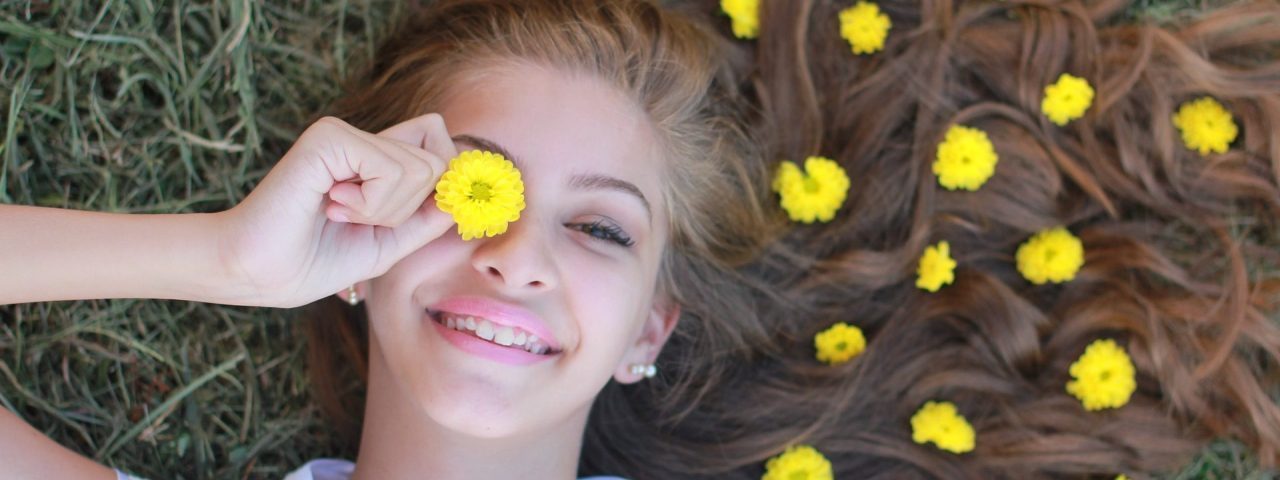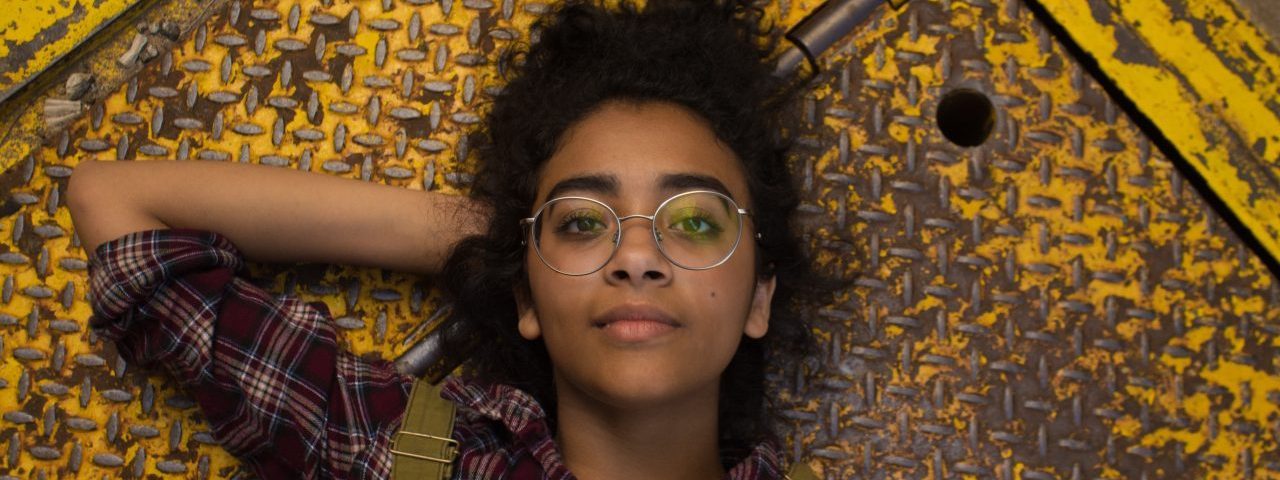
River Oaks Family Optometry has been caring for your child's vision health needs in San Jose, California, and the surrounding areas of Fremont and Milpitas, California, for many years. Dr. Elaine Chung provides several pediatric eye care services in order to meet her patients’ needs, including children’s eye exams and ortho-k. Our office has a friendly, inviting atmosphere for your child and our outgoing team works hard to help your child feel comfortable. We are located within Silicon Valley and strive to provide excellent care for all who visit us. To learn more about us and to set up your next visit with Dr. Chung and team, we welcome you to contact us today. We are eager to improve your vision!
How does a child eye exam different than an adult eye exam?
Children eye exams involve playing games! Through these games, we detect 3 main areas of concerns. We have handheld equipment that can detect:
1) Whether they have a high prescription in both or either eye
2) Whether their eyes are turned or wandering
3) Making sure their ocular structures are healthy
We understand that some of the little ones may be a bit shy and may not respond to the convention questions and answers format. Our doctors are comfortable with using different techniques to play with them to make sure they are seeing properly, do not have a “lazy eye” and that their eyes are healthy.
Why do kids need to see an eye doctor? Doesn’t the pediatrician check their eyes?
Our children go to the pediatrician’s office for their periodic wellness checks, and one of those checks would be a vision screening. At the pediatrician’s office, most often the child is asked to read the smallest set of letters they can see. Depending on whether there is a photo-screener equipment at the pediatrician’s office, the refractive error is not determined. Even if a child has a significant amount of nearsightedness, farsightedness or astigmatism, he or she can squint and accommodate to see the set of letters to pass the vision screening. When the child is not referred to see an eye doctor and if he/she has to squint and accommodate to see for a long stretch of time, he/she may develop headaches or other visual behaviors that may hinder learning. The ocular structures are also not being evaluated at the same level of detail as the pediatrician’s office as at an eye doctor’s office.
When Should My Child Have an Eye Exam?
Eye Exams in Infants: Birth – 24 Months
A baby’s visual system develops gradually over the first few months of life. They have to learn to focus and move their eyes, and use them together as a team. The brain also needs to learn how to process the visual information from the eyes to understand and interact with the world. With the development of eyesight, comes also the foundation for motor development such as crawling, walking and hand-eye coordination.
You can ensure that your baby is reaching milestones by keeping an eye on what is happening with your infant’s development and by ensuring that you schedule a comprehensive infant eye exam at 6 months. At this exam, the eye doctor will check that the child is seeing properly and developing on track and look for conditions that could impair eye health or vision (such as strabismus (misalignment or crossing of the eyes), farsightedness, nearsightedness, or astigmatism).
Since there is a higher risk of eye and vision problems if your infant was born premature or is showing signs of developmental delay, your eye doctor may require more frequent visits to keep watch on his or her progress.
Eye Exams in Preschool Children: 2-5
The toddler and preschool age is a period where children experience drastic growth in intellectual and motor skills. During this time they will develop the fine motor skills, hand-eye coordination and perceptual abilities that will prepare them to read and write, play sports and participate in creative activities such as drawing, sculpting or building. This is all dependent upon good vision and visual processes.
This is the age when parents should be on the lookout for signs of lazy eye (amblyopia) – when one eye doesn’t see clearly or crossed eyes (strabismus) – when one or both eyes turns inward or outward. The earlier these conditions are treated, the higher the success rate.
Parents should also be aware of any developmental delays having to do with an object, number or letter recognition, color recognition or coordination, as the root of such problems can often be visual. If you notice your child squinting, rubbing his eyes frequently, sitting very close to the tv or reading material, or generally avoiding activities such as puzzles or coloring, it is worth a trip to the eye doctor.
Eye Exams in School-Aged Children: Ages 6-18
Undetected or uncorrected vision problems can cause children and teens to suffer academically, socially, athletically and personally. If your child is having trouble in school or afterschool activities there could be an underlying vision problem. Proper learning, motor development, reading, and many other skills are dependent upon not only good vision, but also the ability of your eyes to work together. Children who have problems with focusing, reading, teaming their eyes or hand-eye coordination will often experience frustration and may exhibit behavioral problems as well. Often they don’t know that the vision they are experiencing is abnormal, so they aren’t able to express that they need help.
In addition to the symptoms written above, signs of vision problems in older children include:
- Short attention span
- Headaches
- Frequent blinking
- Avoiding reading
- Tilting the head to one side
- Losing their place often while reading
- Double vision
- Poor reading comprehension

Have a few questions about eye care for your child?
Most common pediatric eye injuries treated in US Emergency Rooms:
- Sports and recreation (e.g., basketball, baseball, football, playground equipment)
- Household chemicals (e.g., cleaning agents, bleach, pesticides)
- Housewares and furniture (e.g., microwaves, flatware, tables)
- Toys Desk supplies (e.g., pens, pencils, scissors)
- Tools and hardware (e.g., hammers, nails)
- BB and pellet guns
- Tobacco products (e.g., cigarettes, cigars, pipes)
- Fireworks
- Use these articles to proactively care for your child's eyes, spot potential trouble, and maximize the opportunity for crisp, convenient and healthy vision.


